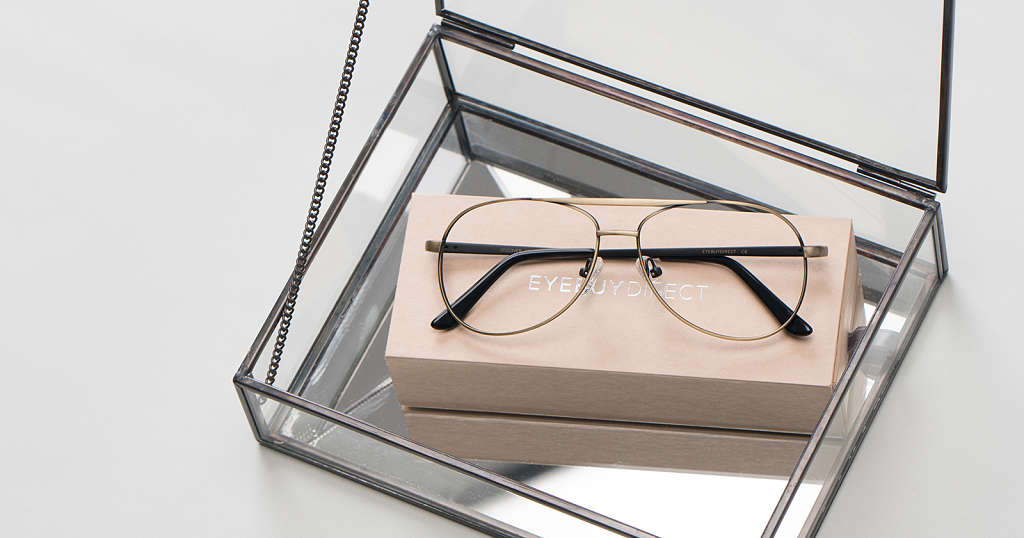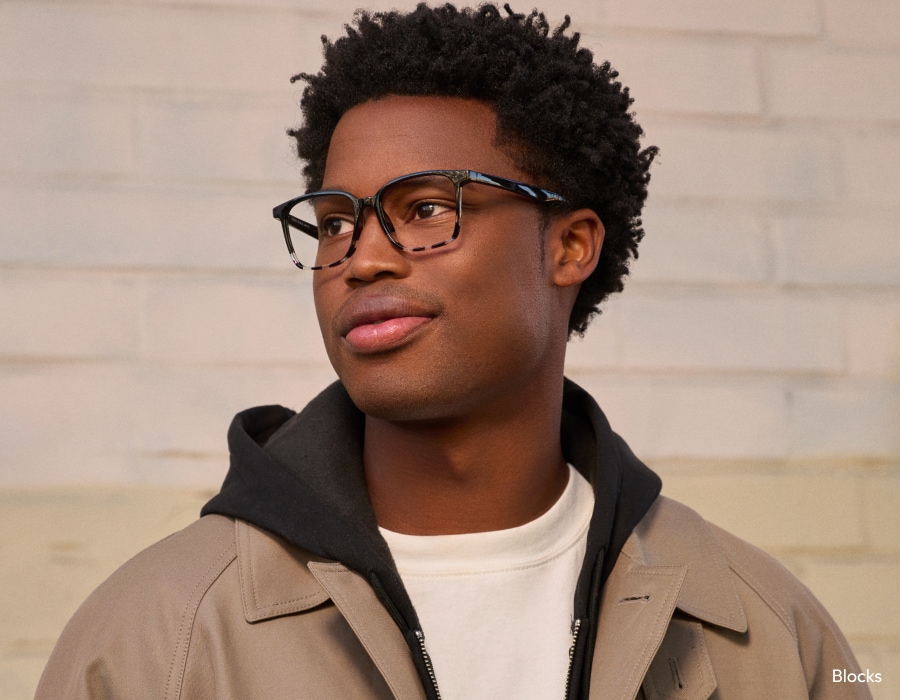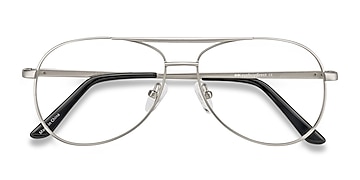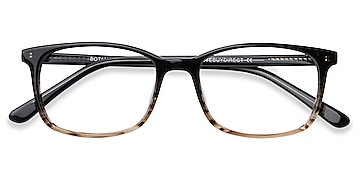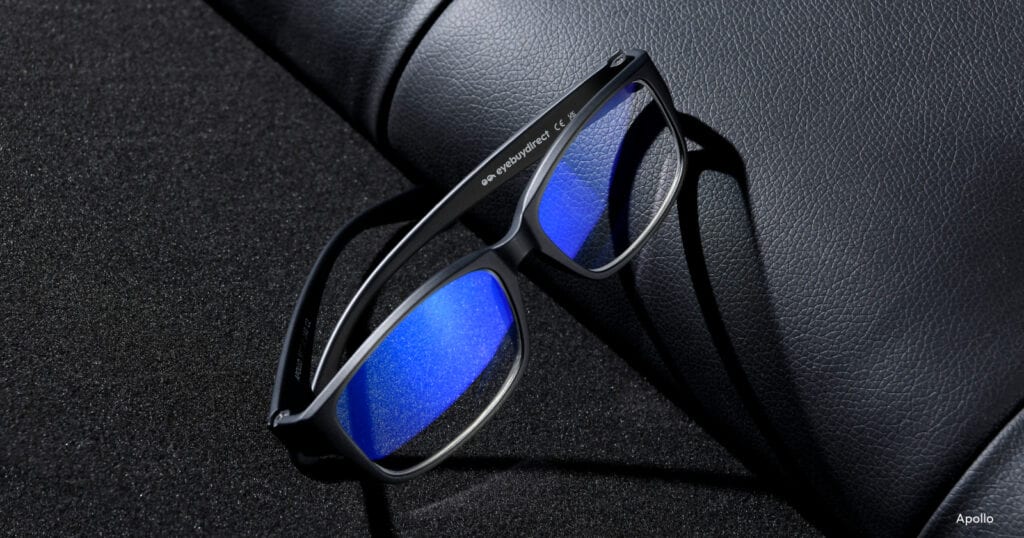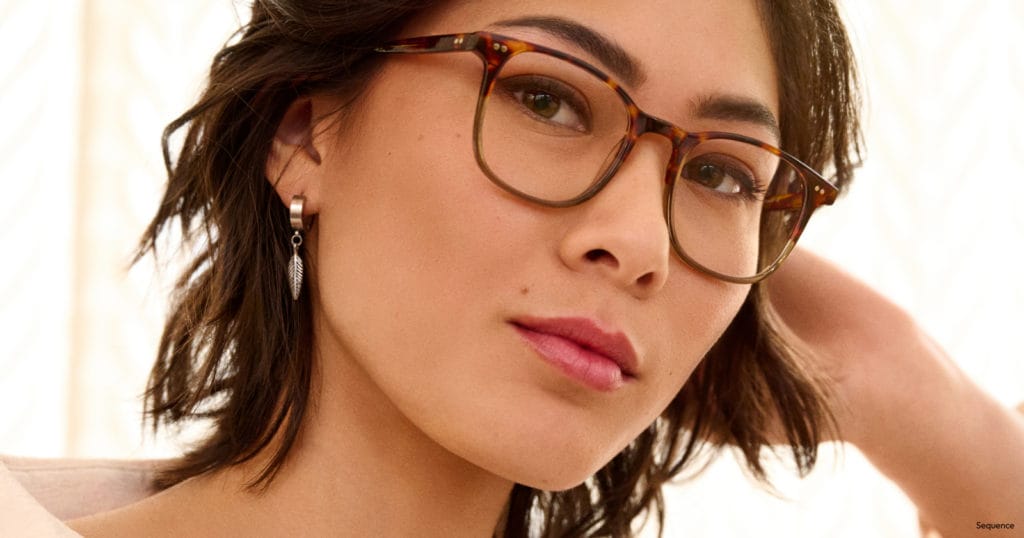Yes, you can become a pilot while wearing glasses! Whether you dream of flying commercial jets, private planes, or military aircraft, corrective lenses like glasses can help you meet the necessary vision standards.
Below, we’ll explore the vision requirements for different types of pilots, discuss alternatives to glasses, and share tips to help you pursue your aviation dreams. Plus, we’ll highlight stylish eyewear options perfect for aspiring pilots.
Vision Requirements for Commercial Pilots
Commercial pilots, such as those flying for airlines, must meet strict vision standards set by the Federal Aviation Administration (FAA) for a first-class medical certificate. Here’s what you need to know:
Distant Visual Acuity
- Requirement – Vision must be 20/20 or better in each eye, with or without corrective lenses.
- Details – If your natural vision is worse (e.g., 20/80), glasses or contacts can correct it to 20/20.
Near Visual Acuity
- Requirement – Vision must be 20/40 or better in each eye at 16 inches, with or without correction.
- For pilots over 50 – Intermediate vision of 20/40 at 32 inches is also required.
Other Requirements
- Color vision – Pilots must be able to distinguish aviation-related colors (e.g., red, green, white) for navigation lights and cockpit displays.
- Depth perception – This is essential for judging distances during takeoffs and landings.
Pilots must carry a spare pair of glasses during flights as a backup, per FAA guidelines.
Vision Requirements for Private Pilots
Private pilots, who fly for personal enjoyment, need a third-class medical certificate with less stringent vision requirements:
Distant Visual Acuity
- Requirement – Vision must be 20/40 or better in each eye, with or without corrective lenses.
Near Visual Acuity
- Requirement – Vision must be 20/40 or better in each eye at 16 inches, with or without correction.
Other Requirements
- Color vision – Normal color vision and depth perception are required.
These standards make private piloting accessible to many who wear glasses, as long as their vision is correctable to the required levels.
Vision Requirements for Military Pilots
Military pilot vision standards are stricter and vary by branch. Here’s a general overview:
Air Force Pilots
- Uncorrected vision – Vision must be no worse than 20/70 in each eye and correctable to 20/20.
- Corrected vision – Vision must be 20/20 in each eye for both distant and near vision.
Navy Pilots
- Uncorrected vision – Vision must be no worse than 20/40 in each eye and correctable to 20/20.
- Prescription limits – Refraction is typically limited to +8.00 or -8.00 diopters.
Other Requirements
- Color Vision – Normal color vision and depth perception are required.
- Eye Surgery – Some branches disqualify candidates with prior eye surgeries, though waivers are increasingly available.
Check with specific military branches for exact requirements, as they can differ.
Comparison of Vision Requirements
| Certification Type | Distant Vision (Corrected) | Uncorrected Vision Limit | Near Vision | Other Requirements |
| Commercial (1st Class) | 20/20 in each eye | None (correctable to 20/20) | 20/40 at 16 inches | Color vision, depth perception |
| Private (3rd Class) | 20/40 in each eye | None (correctable to 20/40) | 20/40 at 16 inches | Color vision, depth perception |
| Air Force Pilot | 20/20 in each eye | 20/70 uncorrected | 20/20 | Color vision, depth perception |
| Navy Pilot | 20/20 in each eye | 20/40 uncorrected | 20/20 | Color vision, depth perception |
Alternatives to Glasses for Pilots
While glasses are widely accepted, some pilots explore other vision correction options. Contact lenses are allowed by the FAA if they correct vision to the required standards, but pilots must still carry backup glasses. The most invasive alternative is refractive surgery, such as LASIK or PRK, which is acceptable after a recovery period (typically six weeks for FAA certification). Also, military branches may have restrictions or require waivers, so be sure to consult an Aviation Medical Examiner (AME) to ensure any vision correction method meets FAA or military standards.
Tips for Pilots Who Wear Glasses
For pilots who wear glasses, here are some tips on ways to keep your vision clear:
- Carry spare glasses – FAA regulations require pilots to have a backup pair during flights.
- Choose durable frames – Opt for sturdy, comfortable frames like aviator glasses, which stay secure during flight maneuvers.
- Regular eye exams – Schedule frequent checkups to maintain compliance with FAA standards.
- Anti-glare coatings – Consider lenses with anti-glare coatings to reduce cockpit reflections.
How to Get Started as a Pilot With Glasses
If you are interested in becoming a pilot and currently wear glasses, take a look at these steps to help you get started:
- Visit an AME – Schedule a medical exam to confirm your vision meets FAA standards.
- Choose a flight school – Research programs that align with your goals, including private or commercial piloting.
- Obtain a medical certificate – Secure the appropriate class (first, second, or third) based on your piloting aspirations.
- Start training – Begin flight training, ensuring your glasses meet all requirements.
For more details, visit the FAA’s Guide for Aviation Medical Examiners.
FAQ: Common Questions About Pilots and Glasses
Flying with glasses comes with specific considerations. Here are the key facts to know.
Can I wear glasses while flying?
Yes, as long as they correct your vision to FAA or military standards.
Do I need to remove glasses during flight maneuvers?
No, glasses should remain on to maintain optimal vision.
Are there restrictions on glass types?
Frames must be secure and lenses free of distortions.
Can I become a pilot if my vision is correctable to 20/20?
Yes, corrective lenses make this achievable for most.
Flight-Ready Vision
Wearing glasses doesn’t have to stop you from becoming a pilot. With corrective lenses, you can meet FAA and military vision standards to pursue your aviation dreams. Eyebuydirect offers durable, stylish prescription aviator sunglasses and glasses perfect for pilots. Start your journey today by scheduling an eye exam and exploring flight training options!

